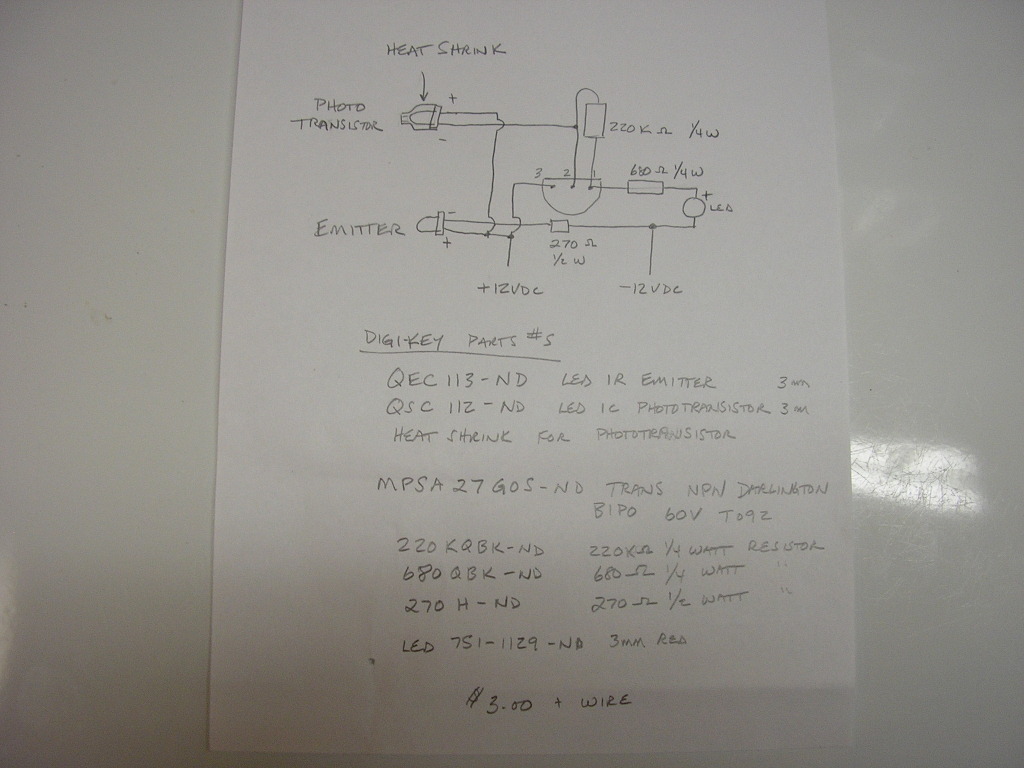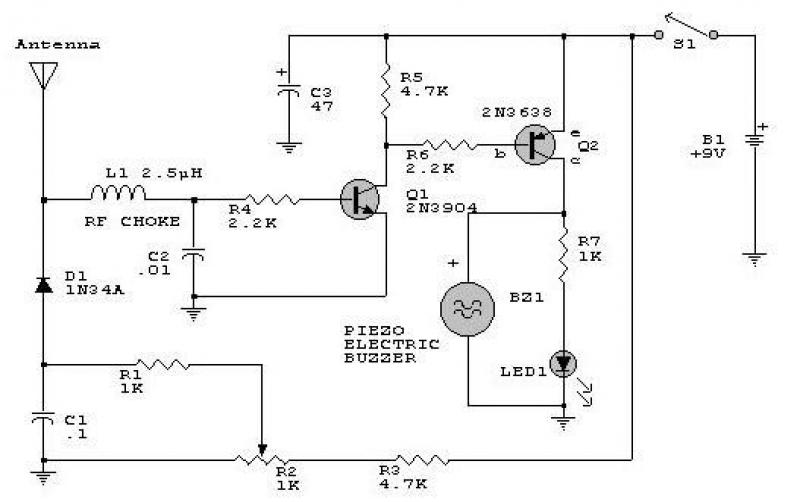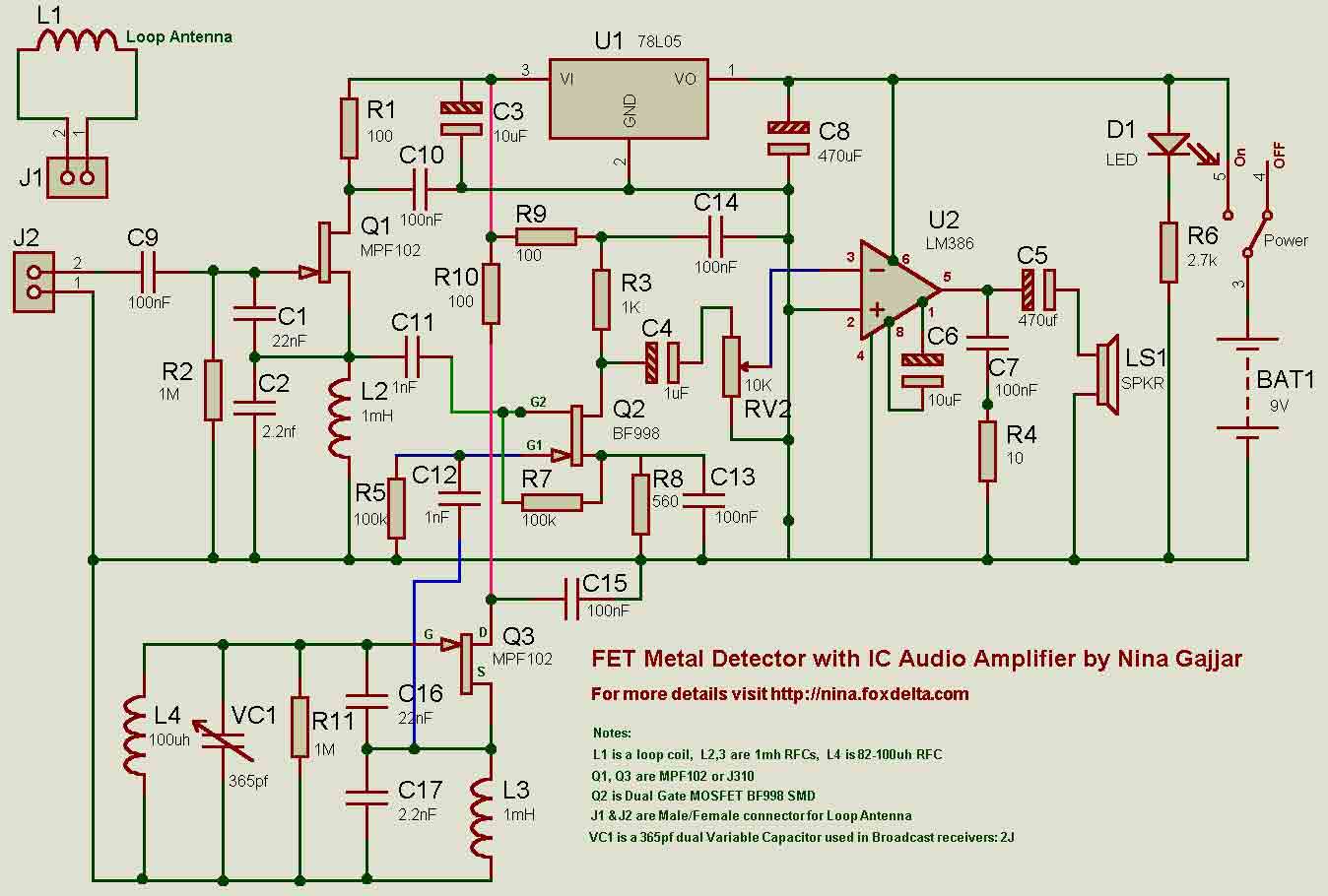
Metal detector 1

This project has not been called a GOLD detector as this name has been left for the more complex detectors that actually discriminate between gold and other metals. There is an enormous difference between detecting gold and ordinary metals (called base metals). Apart from the fact that gold is over 1000 times more expensive, its magnetic differences are such that we can produce a metal detector that will discriminate between metals, both ferrous and non-ferrous, and GOLD!
The project described involves the design of a metal detector that is capable of differentiating between gold and other types of metals, particularly base metals. This capability is achieved through the use of advanced electronic components and signal processing techniques that allow for the analysis of the unique electromagnetic properties of various metals.
The core of the metal detection system typically includes an oscillator circuit that generates an alternating electromagnetic field. This field interacts with metallic objects in proximity, causing them to emit secondary electromagnetic fields. The detector employs a combination of coils, often arranged in a transmitter-receiver configuration, to sense these secondary fields.
To enhance discrimination capabilities, the circuit may utilize a microcontroller or a dedicated signal processing unit that analyzes the frequency response of the detected signals. Gold has distinct characteristics in terms of conductivity and magnetic permeability, which can be identified through frequency analysis. Filters, such as band-pass or notch filters, may be implemented to isolate the frequency ranges associated with gold from those of other metals.
The output of the detection circuit can be connected to an audio feedback system, such as a speaker or buzzer, which provides auditory signals indicating the presence of gold or other metals. Additionally, visual indicators, such as LED lights, may be used to enhance user feedback.
Power supply considerations are also critical in the design, with options ranging from battery-operated systems to more permanent installations. The choice of power supply affects the portability and operational duration of the metal detector.
Overall, the project represents a significant advancement in metal detection technology, focusing on the ability to discriminate between valuable metals, such as gold, and less valuable base metals. This is particularly useful in applications such as treasure hunting, archaeological exploration, and industrial metal detection.This project has not been called a GOLD! detector as this name has been left for the more complex detectors that actually discriminate been gold and other metals. There is an enormous difference between detecting gold and ordinary metals (called base metals). Apart from the fact that gold is over 1000 times more expensive, its magnetic differences are such that we can produce a metal detector that will discriminate between metals, both ferrous and non ferrous, and GOLD!
🔗 External reference
The project described involves the design of a metal detector that is capable of differentiating between gold and other types of metals, particularly base metals. This capability is achieved through the use of advanced electronic components and signal processing techniques that allow for the analysis of the unique electromagnetic properties of various metals.
The core of the metal detection system typically includes an oscillator circuit that generates an alternating electromagnetic field. This field interacts with metallic objects in proximity, causing them to emit secondary electromagnetic fields. The detector employs a combination of coils, often arranged in a transmitter-receiver configuration, to sense these secondary fields.
To enhance discrimination capabilities, the circuit may utilize a microcontroller or a dedicated signal processing unit that analyzes the frequency response of the detected signals. Gold has distinct characteristics in terms of conductivity and magnetic permeability, which can be identified through frequency analysis. Filters, such as band-pass or notch filters, may be implemented to isolate the frequency ranges associated with gold from those of other metals.
The output of the detection circuit can be connected to an audio feedback system, such as a speaker or buzzer, which provides auditory signals indicating the presence of gold or other metals. Additionally, visual indicators, such as LED lights, may be used to enhance user feedback.
Power supply considerations are also critical in the design, with options ranging from battery-operated systems to more permanent installations. The choice of power supply affects the portability and operational duration of the metal detector.
Overall, the project represents a significant advancement in metal detection technology, focusing on the ability to discriminate between valuable metals, such as gold, and less valuable base metals. This is particularly useful in applications such as treasure hunting, archaeological exploration, and industrial metal detection.This project has not been called a GOLD! detector as this name has been left for the more complex detectors that actually discriminate been gold and other metals. There is an enormous difference between detecting gold and ordinary metals (called base metals). Apart from the fact that gold is over 1000 times more expensive, its magnetic differences are such that we can produce a metal detector that will discriminate between metals, both ferrous and non ferrous, and GOLD!
🔗 External reference





